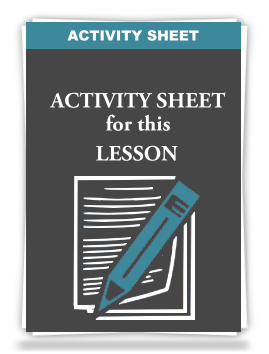- Home
- How I Help
- Desire Step: Building the Emotional Want and Telling Your Story! [ARTICLE]
Desire Step: Building the Emotional Want and Telling Your Story!
Traditionally the weakest portion of any selling process is selling to the buyers’ emotional needs and satisfying those needs and “Wants”. If the sales professional spoke to the prospects/customers “Desires”, then the “want” would be satisfied.
With the “Desire” addressed and built into the dialogue of the sales process, sales professionals would experience less buying resistance and buyers-remorse. Buyers-remorse can result in returned purchases, apprehension on future purchases and even refusal to consider future offers from the sales professional.
One powerful way to convey to a potential buyer that their needs and wants are being addressed is to speak in terms of how they will benefit by accepting your sales offer, as a consultative solution to their needs. And, to do so, we are moving beyond the “Benefit” statement contained within the “Presentation” step of the selling process and sharing a word picture (words that convey a vivid picture) of them using and enjoying the offer.
“Desire” is fed when the potential buyer is lead down a mental path by the professional sales person of what their life will be like if they proceed with your offer. The sales professional’s ability to convey the emotional factors to a purchase will be dependent upon their level of personal buy-in. This is where you paint a picture via story telling with them in the storyline benefiting from your offer.
A “Desire” statement packed with vivid word pictures that solidifies the entire sequence of “Presentation” elements might sound like:
And to ensure that the word picture that you have communicated (or verbally painted) is stimulating their “Desire” to want your offer, you can use a Naildown confirming question as an immediate follow-up. That might sound like:
If the sales professional has been coached effectively to know the prospects/customers needs through engaging questioning at the “Interest” step, have done an effective job at the “Presentation” step of the selling process, then the “Desire” step should be fun and automatic!
In order for the sales professional to do a thorough job presenting an engaging and exciting word picture that stimulants the buyers “want” and feeds their “Desire” for the sales professionals offer, they must: (1) Have a thorough understanding of what products/services they represent; (2) Have engaged the prospect/customer effectively at the “Attention” selling step; (3) Gotten permission from the prospect/customer to ask questions and effectively found out precisely what the “Interest” level is of that person/organization; (4) Done a complete job at presenting a solution to the potential buyer in the “Presentation” selling step; (5) Personally believe in the “Presentation” sequence which they have presented; (6) Believe in what they do; (7) Know how to weave words together that allows the listener to see themselves in a word-picture “using and benefiting” from the acceptance of their offer.
Some sales professionals become great story tellers and this is a great place for those stories to be interjected. Coach the sales professional to avoid inserting stories in the beginning of the selling process as a means to over-sale the prospect/customer, as this may many times actually turn people off and result in lost business.
However, stories are great ways to illustrate your key points and enable prospects/customers to visualize and experience what it could be like if they did partner with your sales professionals as their solution providers. Many times, this is a place where your more senior sales professionals may excel and where more junior sales professionals could benefit by as a sales trainer/sales manager you pairing them up.
Remember the Disney movie scene with the two deer’s in “Bambi”: The more junior sales professional (the fawn/doe, standing on the side of the babbling brook looking upward across the rolling green meadow to where the older Buck stood looking down on them and eating grass commandingly) may bring renewed energy and vigor to a team, and the veteran (the older Buck) can share their knowledge, wisdom and perspectives via colorful stories.
The most powerful word pictures are those that place the listener directly into the future oriented story, in the present tense. “Desire” is further stimulated by using words that capture the creative imagination of the listener (prospect/customer) and stimulate each of the bodily senses: see, hear, taste, touch, smell.





